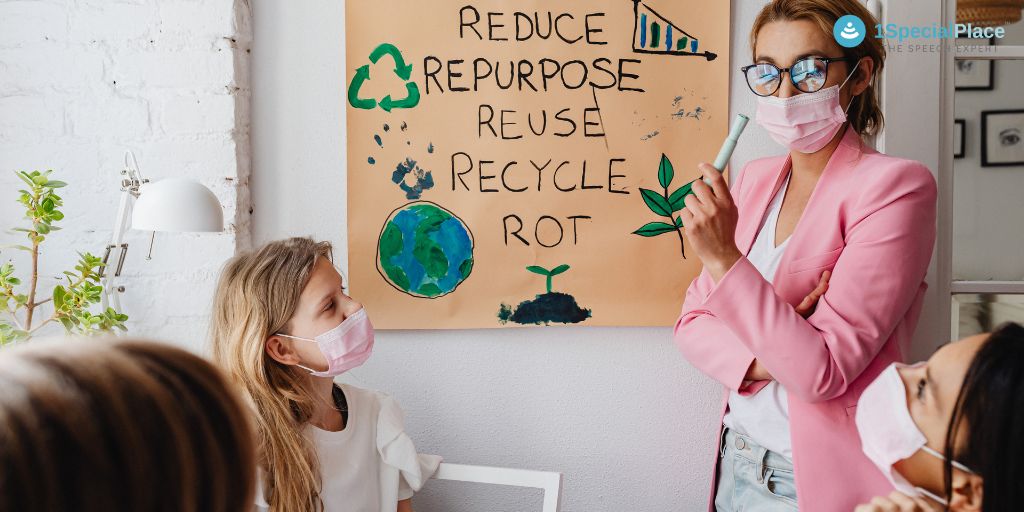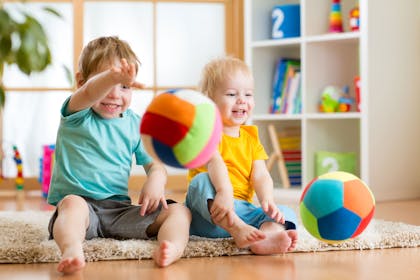
Visual tracking tools for children
What is Visual tracking?
Visual tracking is the ability to follow moving objects with the eyes without moving the head. It requires several skills in order to efficiently perform fine motor skill that includes eye movement from side to side, up & down, diagonal & circular movement. Several skills include oculomotor control abilities, visual fixation, saccadic eye movement, smooth pursuit eye movements, along with convergence & visual spatial attention.
Why is visual tracking important for children?
Visual tracking sets foundation of your child’s success in reaching future vision milestones. Visual tracking also helps your baby learn about their environment. The visual sense lets the child take in a lot of information. Baby at first starts to track their caregivers’ movements. Soon after they learn to track, they will begin to work on their hand-eye coordination. Later this will help the child in learning how to read & do copy writing, which is an integral part for going further in academics. Therefore, Visual tracking becomes essential for school-readiness.
Some research suggests that object tracking develops rapidly between two & six months of age. By seven months, infants are generally tracking objects with their eyes. At first babies move their head to track object but then this skill advances and babies start moving their eyes to track visually
Lookout for these signs to know if your child has difficulties in visual tracking –
- Loses place while reading
- Doesn’t track people moving in & out
- Skips words or lines while reading or copywriting
- Poor comprehension
- Moves head excessively, and not eyes while reading
- Short attention span
- Difficulty with sports activities
- Cannot follow a moving object
- Difficulty with eye hand co-ordination
- Navigating through obstacles in a challenge
- Trouble shifting gaze from one object to another (saccadic movement)
Activities for improving visual tracking in children
- Use larger ball or balloon to practice catching – Balloon tennis is very nice activity for children to improve their visual tracking of moving object while moving and also enhances coordination & motor planning skills.
- Play catch with brightly colored ball – This can be done with child being stationary ie standing in a place and catching ball. It enhances & requires gross motor skills along with balance & coordination of body parts

- Toss balls with slower speed – Child can be asked to toss ball from one hand to another at various speeds. You can also make it complex by asking him to incorporate claps in between throwing & catching the ball

- Target hitting activity – The complexity of this activity can be modified according to child’s age – as per distance, with or without obstacle, moving or stable target, size of object thrown & target. It can be fun activity giving reinforcement in itself once target is achieved.
- Play flashlight tracking game – This can be a fun activity. You can use colored flashlight, laser or flashlight passing through some transparent colored object. You can also use some shapes which can reflect on wall that can be used to track.
- Complete word/letter search game – As per age you can give child word search or letter search game & increase complexity gradually.

- Object scavenger hunt – This can be as fun as you decide it to be. You can give child a list of items to be found from a bucket or basket full of objects. This improves child’s scanning ability as well.
Tips for infants
- Show them high contrast color pairs at distance of 8-10inches (Black & white, Purple & orange, Blue & yellow) to engage child at initial stage.
- You will probably notice that they stare at it instantly. Let them look at it intently as it develops the ability to focus at an object with their eyes.
- Later start to move the object slowly for them to track it. You can use rattles, soft toys, etc.
- Spend a lot of time making eye contact with your infant as they get enough stimulation to look back and begin to work their little eye muscles.
- Bring your face close to your baby and slowly go behind or do the same with an object.
Tips for children, especially for reading & writing
- Take visual breaks at times for while regular intervals
- Use large print text for reading
- Provide materials to be copied at the desk rather than off the board
- Mark place with highlighters to help maintain text in place
- Place finger on the line while reading or copying
Takeaway note – Babies reach lots of exciting milestones in their first year of life, from their first food to uttering their first giggle. Milestones related to vision may be less apparent to parents but are just as important for babies to reach. As with most things, an ability does not appear overnight, try practicing these activities & incorporate tips in daily life. Further, if you cannot observe any changes, approach Occupational therapists as they screen for visual problems in order to determine how they may impact functional tasks.

Leave a Comment
(0 Comments)